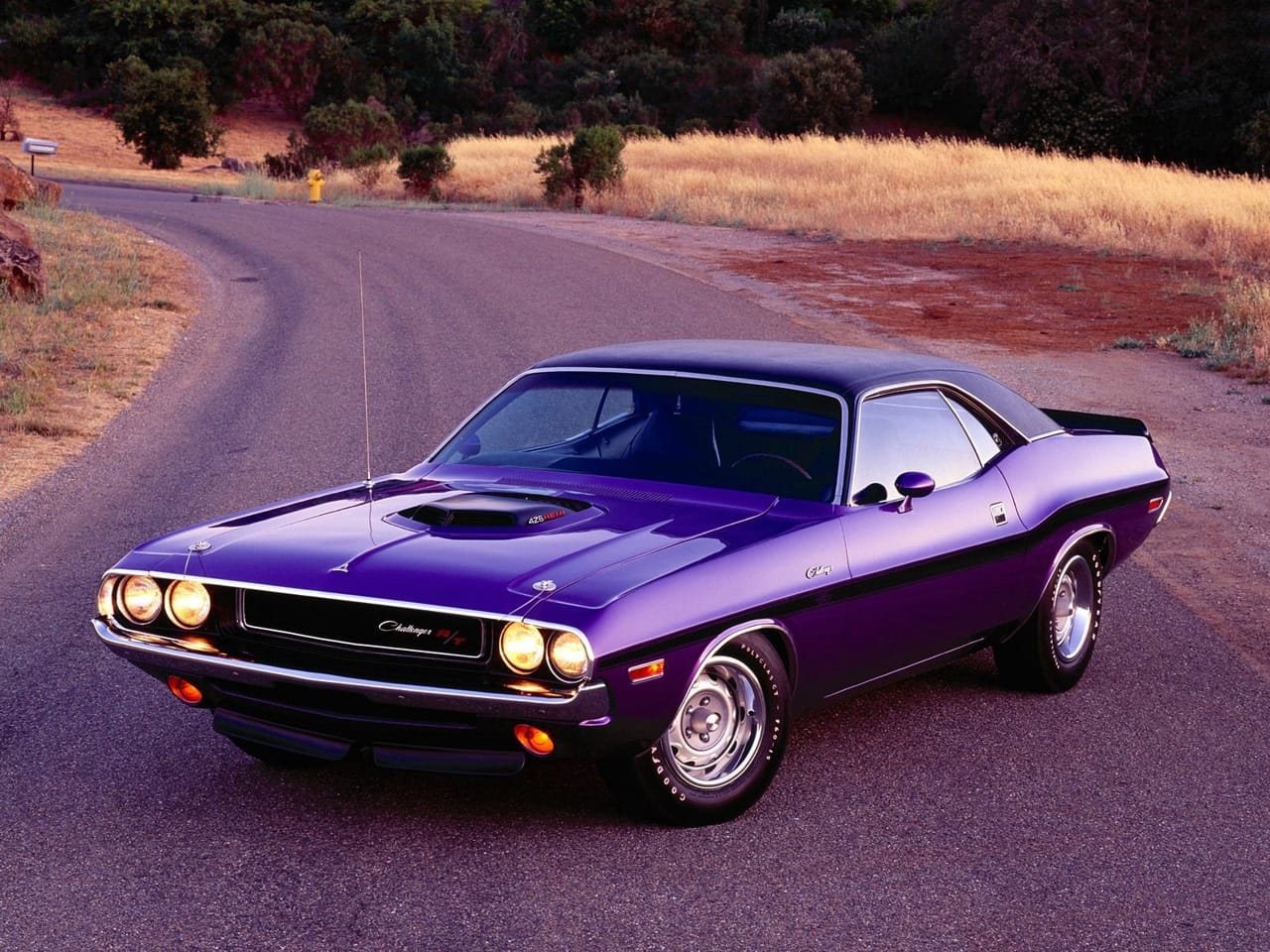-
Origins in Automotive History
- Muscle Car Era: Plum Crazy Purple, also known by its code, FC7, was introduced in the American muscle car era. It became a signature color for Dodge and Plymouth vehicles, embodying the spirit of freedom and rebellion associated with muscle cars.
- Iconic Status: This bold shade quickly gained iconic status among car enthusiasts and collectors, becoming synonymous with high performance and unique style.
-
The Color Itself
- Shade Description: Plum Crazy Purple is a deep, vibrant shade of purple with a hint of red. It’s a color that catches the eye and makes a statement.
- Psychological Impact: Purple is often associated with royalty, luxury, and creativity. This particular shade, with its intensity and depth, adds an element of excitement and boldness to this palette.
-
Beyond Automobiles
- Fashion and Design: The color has transcended its automotive roots to influence fashion and interior design. It’s used in clothing, accessories, and home decor to add a pop of bold color.
- Cultural Significance: As a symbol of individuality and non-conformity, Plum Crazy Purple has been embraced by various subcultures and artistic movements.
-
Contemporary Use
- Modern Cars: The color has seen a resurgence in recent years, with some modern cars featuring this retro shade as a nod to their heritage.
- Branding and Marketing: The uniqueness of the color makes it a popular choice in branding and marketing, used to create a memorable and striking visual identity.
-
Challenges and Considerations
- Color Matching: Its unique hue can be challenging to match in various materials and lighting conditions.
- Overuse: While distinctive, overuse of this bold color in certain contexts can be overwhelming. It’s most effective when used as an accent or statement.

